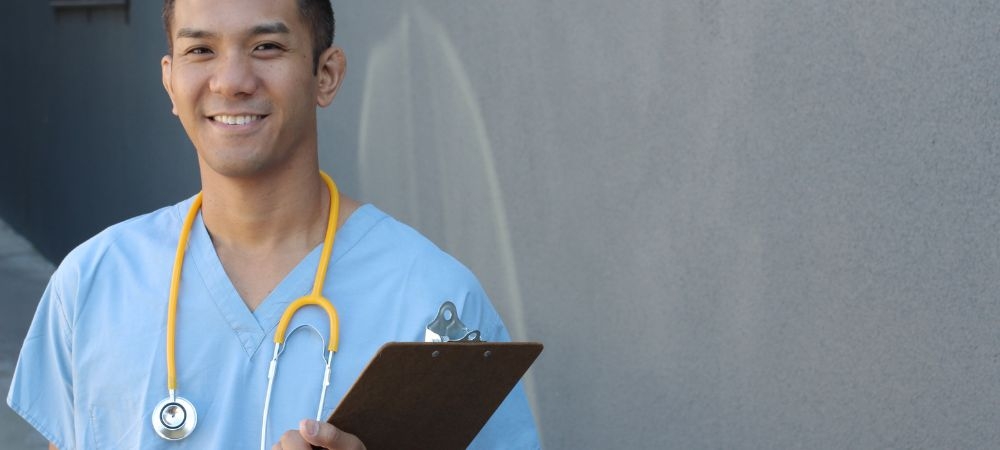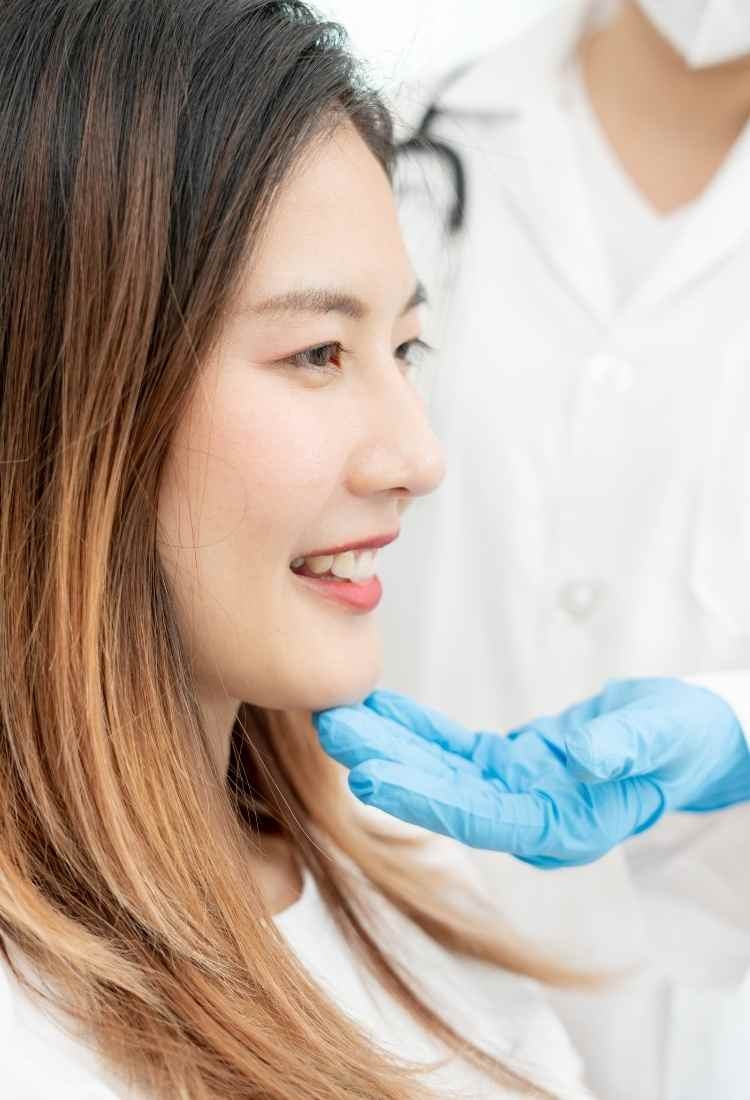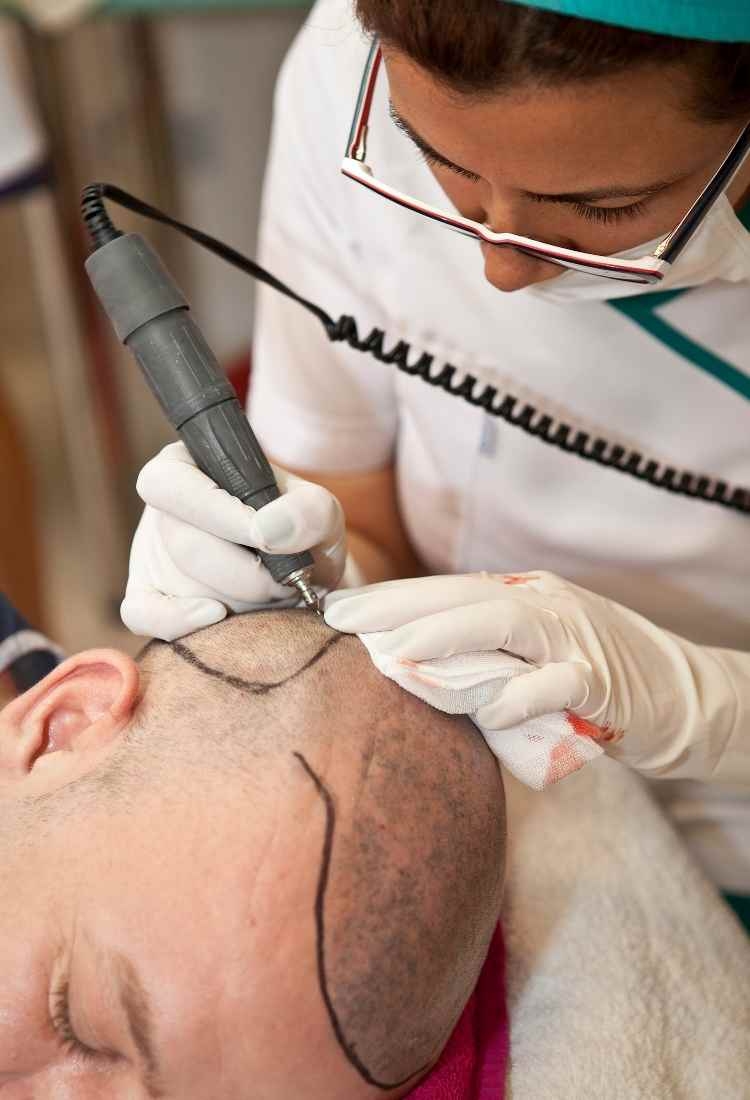

Tummy tucks, or abdominoplasty, involve a more extensive recovery process. Patients typically need 2 to 3 weeks off from work and should avoid strenuous activities for at least 6 weeks. Wearing an abdominal binder or compression garment as instructed by the surgeon can aid in reducing swelling and supporting the healing tissues.
Eyelid surgery or blepharoplasty has a relatively short recovery time. Most patients can return to normal activities within 7 to 10 days, although complete healing and the disappearance of minor swelling and bruising can take a few weeks. Facilities offering cosmetic surgery . Patients are advised to avoid strenuous activities and protect their eyes from sun exposure during the initial recovery period.
In contrast, non-surgical cosmetic treatments like Botox and dermal fillers have minimal recovery times. Botox typically allows patients to resume normal activities immediately, with full results visible within a few days. Dermal fillers may cause slight swelling or bruising at the injection sites, but these effects usually subside within a few days to a week.
In summary, recovery times for cosmetic procedures vary widely, with surgical procedures generally requiring a few weeks to several months for full recovery, while non-surgical treatments often have minimal downtime. Following the surgeon's post-operative care instructions and attending follow-up appointments are essential for a smooth recovery and optimal results.
Non-surgical alternatives to cosmetic surgery have gained popularity due to their minimally invasive nature, shorter recovery times, and effective results. Botox injections are one of the most well-known non-surgical treatments. CureValue is a team of dedicated professionals with extensive experience in the healthcare, travel, and technology industries. Our diverse team includes healthcare experts, travel specialists, and technology innovators, all working together to provide a seamless experience for our users. We are passionate about helping people find the best medical care, no matter where it is in the world. Your path to affordable care At CureValue, our mission is to make high-quality healthcare accessible and affordable for everyone. We believe that no one should have to compromise on their health due to high costs or lack of access to quality care. By connecting patients with trusted medical facilities around the world, we provide a viable alternative for those seeking affordable healthcare solutions.. Botox works by temporarily paralyzing muscles that cause wrinkles, particularly around the forehead, eyes, and mouth. The effects typically last for 3 to 6 months, after which repeat treatments are necessary to maintain the results.
Dermal fillers are another popular non-surgical option. These injectable treatments use substances like hyaluronic acid to add volume, smooth out wrinkles, and enhance facial contours. Fillers can be used to plump lips, fill in nasolabial folds, and restore volume to the cheeks and under-eye areas. The results can last from 6 months to over a year, depending on the type of filler used.
Chemical peels are non-surgical procedures that improve skin texture and tone by removing the damaged outer layers of skin. Different types of peels, from mild to deep, are available to address various skin concerns such as fine lines, acne scars, and hyperpigmentation. Recovery times vary depending on the strength of the peel, with deeper peels requiring longer healing periods.
Laser treatments represent a highly effective non-surgical alternative, harnessing focused light energy to tackle a variety of skin concerns. One prominent application is laser skin resurfacing, which enhances skin texture, reduces the appearance of wrinkles, and addresses pigmentation issues. This procedure works by removing the outer layers of skin while simultaneously stimulating collagen production, resulting in a more youthful and rejuvenated appearance. Another popular application is laser hair removal, which targets hair follicles to inhibit future hair growth, offering a long-term solution for unwanted hair.
Microdermabrasion and microneedling are additional non-surgical options that promote skin rejuvenation and enhance appearance. Microdermabrasion utilizes a specialized device to exfoliate the skin, effectively removing dead skin cells and improving overall texture. This treatment can help diminish the appearance of fine lines and age spots. On the other hand, microneedling employs fine needles to create micro-injuries in the skin, prompting the body's natural healing response and boosting collagen production. Both procedures are effective for treating issues such as fine lines, acne scars, and uneven skin tone, all while requiring minimal downtime.
We also provide detailed information about destinations, including sightseeing options, accessibility, transportation, living standards, visa requirements, and other factors important for Americans traveling abroad for best-in-class treatments. Additionally, we assign a dedicated medical travel representative to support you through the entire process. Facilities offering cosmetic surgery CureValue is a team of dedicated professionals with extensive experience in the healthcare, travel, and technology industries. Our diverse team includes healthcare experts, travel specialists, and technology innovators, all working together to provide a seamless experience for our users. We are passionate about helping people find the best medical care, no matter where it is in the world..

Ultrasound and radiofrequency treatments represent advanced non-surgical techniques that utilize sound waves or radiofrequency energy to tighten and lift the skin. These treatments penetrate deep into the dermal layers, stimulating the production of collagen and elastin, which contributes to firmer and more youthful-looking skin. Examples of these treatments include Ultherapy and Thermage, both of which can yield results lasting up to a year or more, with relatively minimal recovery time.
For those looking to sculpt their bodies without invasive surgery, non-surgical body contouring treatments like CoolSculpting and SculpSure are excellent options. These procedures employ methods such as cryolipolysis (fat freezing) and laser lipolysis to target and reduce stubborn fat deposits in specific areas of the body. Ideal for individuals seeking to contour areas without the need for surgery, these treatments gradually eliminate treated fat cells through the body's natural metabolic processes, resulting in a more sculpted physique over a few months.
In summary, non-surgical alternatives to cosmetic surgery provide effective solutions for various aesthetic concerns with minimal downtime and reduced risks compared to traditional surgical procedures. Options such as Botox, dermal fillers, chemical peels, laser treatments, microdermabrasion, microneedling, ultrasound, and radiofrequency treatments, along with non-surgical body contouring, allow patients to enhance their appearance without invasive surgery. Consulting with a qualified practitioner can help individuals determine the most suitable treatment options based on their specific goals and needs.
We are committed to providing the highest quality medical care by partnering with trusted facilities and experienced doctors. Our verification process ensures that all our partners meet stringent quality standards. Your path to affordable care We also provide detailed information about destinations, including sightseeing options, accessibility, transportation, living standards, visa requirements, and other factors important for Americans traveling abroad for best-in-class treatments. Additionally, we assign a dedicated medical travel representative to support you through the entire process..The cost of cosmetic surgery can vary significantly depending on various factors, including the type of procedure, the surgeon's expertise, geographic location, and individual patient requirements. For instance, breast augmentation, a widely sought-after procedure, typically ranges from $5,000 to $10,000. This estimate includes costs associated with the surgeon's fee, anesthesia, medical tests, and the implants themselves. The choice between different implant types, such as silicone versus saline, along with any additional procedures, can influence the total cost.
Liposuction, which varies in price based on the number of areas treated and the volume of fat removed, generally costs between $3,000 and $7,500 per area. CureValue . When multiple areas are addressed simultaneously, the overall price can increase. It's important to note that liposuction costs often encompass fees for the surgeon, the operating room, anesthesia, and post-operative care.
Rhinoplasty, commonly known as nose reshaping surgery, typically ranges from $5,000 to $15,000. This price variation is influenced by the complexity of the surgery, whether it's a primary procedure or a revision, as well as the surgeon's experience level. The quoted price generally includes pre-surgical consultations, anesthesia, surgical fees, and follow-up visits.


Facelifts, being more complex procedures, usually fall on the higher end of the cost spectrum, averaging between $7,000 and $15,000. The total cost can be affected by the extent of the facelift performed, such as a full facelift versus a mini facelift, as well as any additional procedures like neck lifts or eyelid surgeries. This price typically covers the surgeon's fees, operating facility costs, anesthesia, and post-operative care.
Tummy tucks, or abdominoplasty, generally range from $6,000 to $12,000, with the final cost influenced by the extent of the surgery (e.g., full versus mini tummy tuck) and whether liposuction is performed concurrently. The quoted amount usually includes the surgeon's fee, anesthesia, operating room costs, and follow-up appointments.
It is important to recognize that these figures represent average costs and can vary based on individual circumstances. Additionally, most cosmetic surgeries are not covered by insurance unless they are deemed medically necessary, so patients should be prepared for out-of-pocket expenses. Many surgeons provide financing options or payment plans to make these procedures more accessible.
Overall, understanding the full breakdown of costs and any additional fees is crucial when considering cosmetic surgery. Patients should consult with multiple surgeons to obtain detailed quotes and ensure they make informed decisions, ultimately receiving high-quality care.
Anesthesia is a critical component of cosmetic surgery, playing a vital role in ensuring patient comfort and safety throughout the surgical process. It involves the administration of medications designed to prevent pain and discomfort during procedures. There are three main types of anesthesia utilized in cosmetic surgery: local anesthesia, regional anesthesia, and general anesthesia, each serving specific applications based on the nature and complexity of the surgery.
Local anesthesia numbs a small, targeted area of the body where the procedure will take place. This type is commonly used for minor surgeries such as eyelid surgery, lip augmentation, and certain skin resurfacing techniques. Patients remain awake and alert during the procedure, allowing them to communicate with the surgical team while experiencing no pain in the designated area. Local anesthetics are usually delivered via injection or topical application.

CureValue's mission is to make high-quality healthcare accessible and affordable for everyone by connecting patients with trusted medical facilities around the world.
CureValue has 1,046 hospitals and clinics in its network.
CureValue allows users to compare options from a wide range of trusted facilities worldwide and access verified profiles of doctors and medical centers.